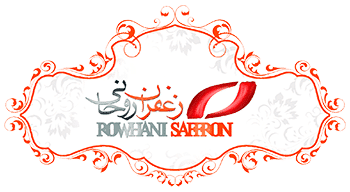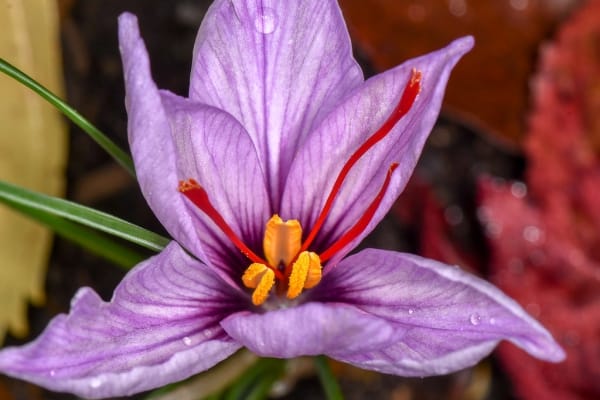40% reduction in saffron harvest in Torbat-e Heydariyeh
The director of Jihad Keshavarzi of Torbat-e Heydariyeh city said: Compared to previous years, we have had a 30 to 40 percent reduction in yield in saffron harvest.
Mohammad Reza Abbaspour stated: The area of saffron cultivation in Torbat-e Heydariyeh is 8700 hectares. Also, our average production was between 4 to 4.2 kg of dried saffron in previous years, and now that we are at the end of the saffron harvest season, we have reduced the yield by about 30 to 40% compared to the past.
He continued: The reason for this is that last year in December and February we saw severe cold and in April this year the rainfall decreased sharply.
The director of Jihad Keshavarzi of Torbat-e-Heydariyeh stated that each hectare of saffron requires an average of 200 to 220 working days for work, and specified: about 30% of these people have come to Torbat-e-Heydariyeh from neighboring cities to harvest, pick and spread saffron flowers. Most of them were from Torbat-e-Jam, Bakhrez and Qaen.
Abbaspour pointed out that Zaveh city has the largest area of cultivation with 12,000 hectares of saffron arable land, noting: This city has also had more production than other cities. In general, most of Iran’s saffron is produced around Torbat-e Heydariyeh, Zaveh, Mahvlat, Rashtkhar and Khaf regions.
He added: But in terms of trade, which is related to buying and selling, all these cities bring their products to Torbat-e Heydarieh. Unfortunately, in terms of purchases, we did not face good prices this year, and traders did not make good purchases.
The director of Jihad Keshavarzi of Torbat-e Heydarieh city pointed out: for this reason, we started buying saffron by agreement on the first of November. In Torbat-e Heydariyeh, we have the Rural Cooperative Center and the Zarrin Saffron Company of the East, which are the two directors of the Central Organization of Rural Cooperatives of Iran for the agreed purchase of saffron.
Abbaspour, pointing out that so far we have bought 2000 kilos of dry saffron in the city, said: the agreed purchase prices for ordinary straw are 4 million and 400 thousand Tomans, for premium straw 4 million and 900 thousand Tomans and for Negin 5 million and 400 thousand Tomans. Is.
Regarding the amount of saffron exports this year, he said: The issue of exports has not started yet, but since the beginning of the year, one of our companies in the city has exported 1.5 tons in the first 6 months of the year.







Get Social